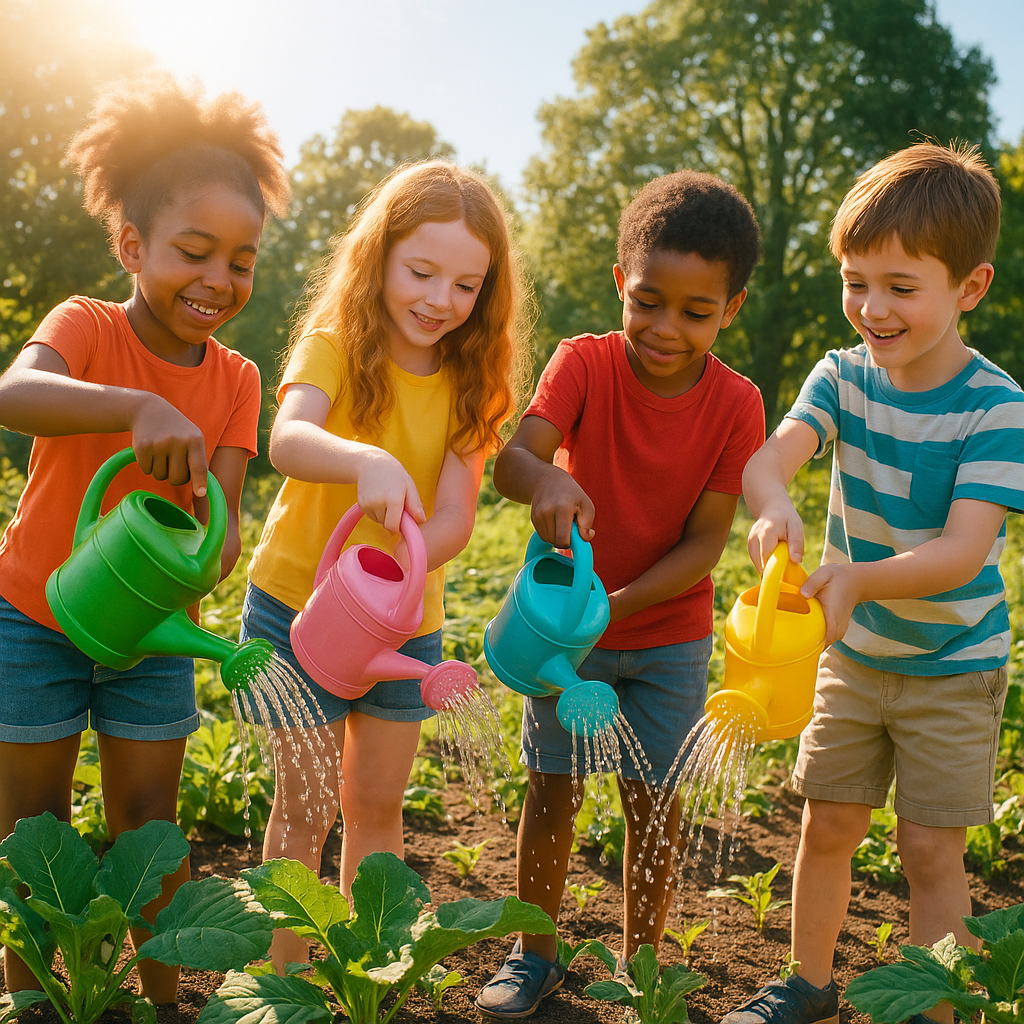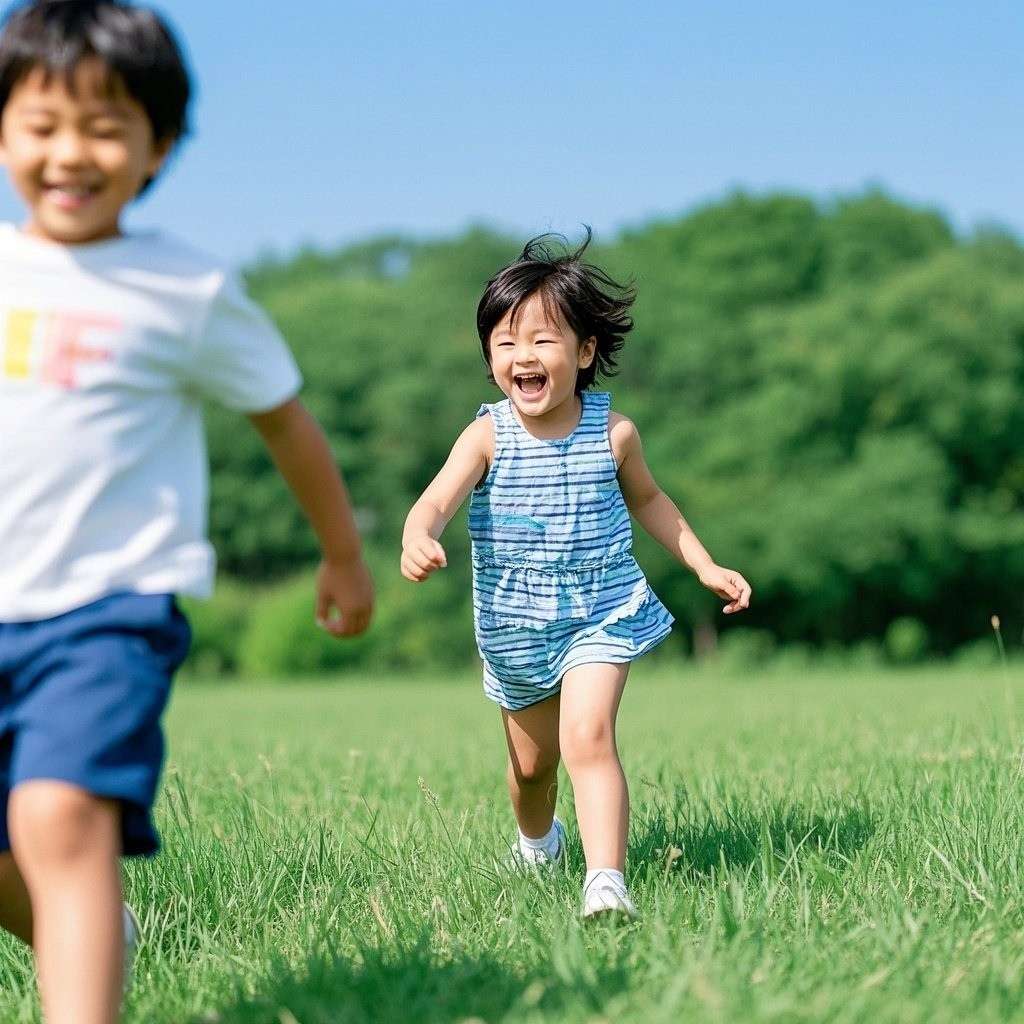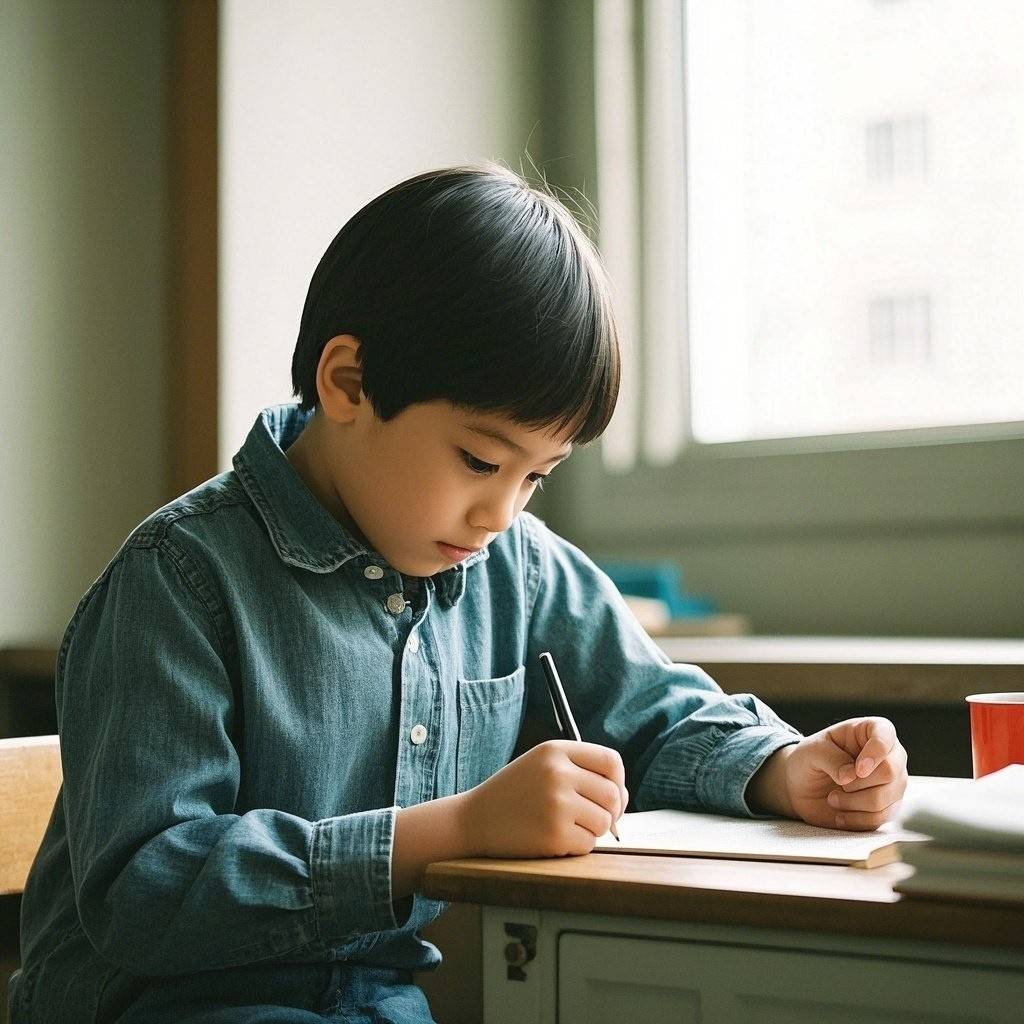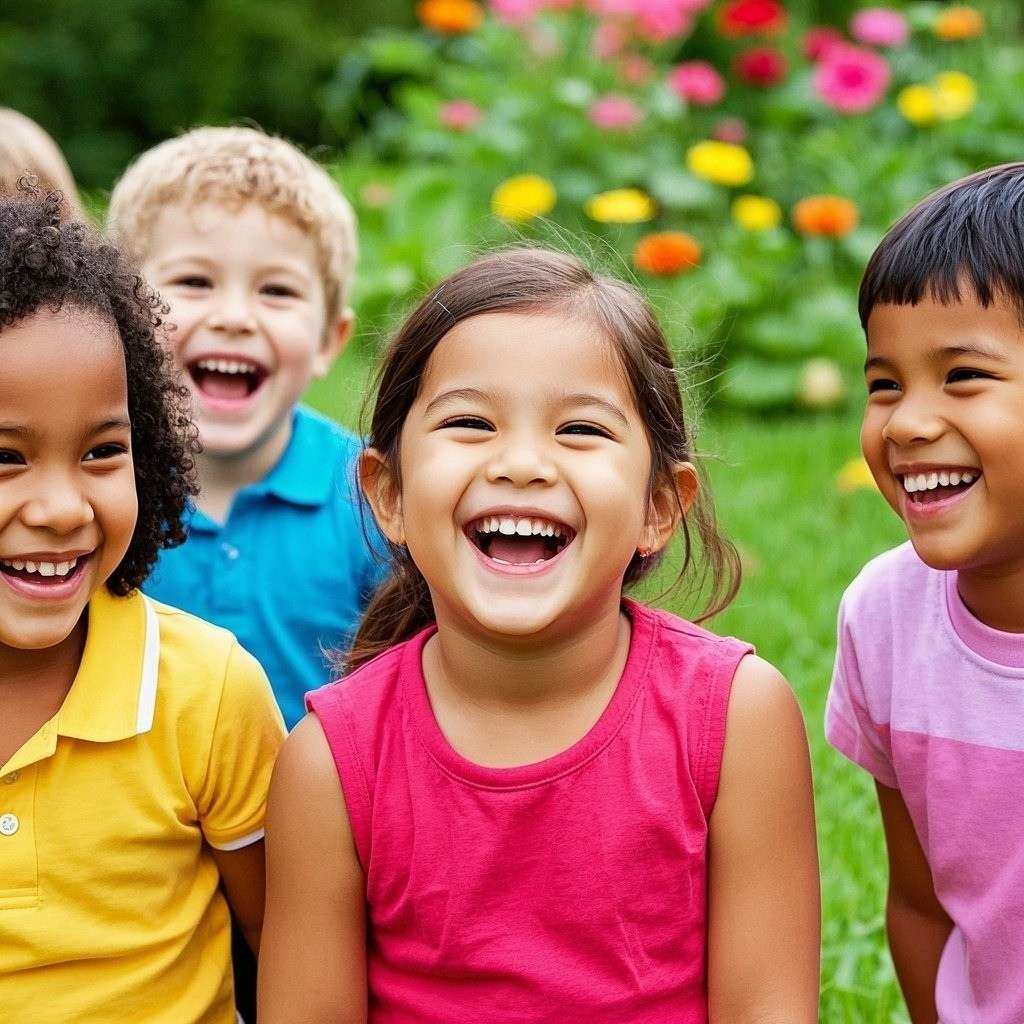Introduction
Responsibility is the invisible thread that turns ordinary childhood moments—tying shoelaces, feeding a pet, returning borrowed crayons—into lifelong character traits. From ages three through early adolescence, children are wiring their internal sense of cause and effect: If I do X, Y happens. Adults sometimes see this as simple rule-following, yet psychologists remind us that each fulfilled duty strengthens executive-function skills, empathy, and resilience. Parents and teachers who nurture responsibility early find that children transition more smoothly into group settings at school, respect boundaries with peers, and tackle unfamiliar tasks with confidence. In short, learning to be responsible is less about growing up fast and more about growing up prepared.
Below are the five responsibilities experts and seasoned caregivers consistently rank as the most crucial. They cover the personal, social, and digital worlds children now navigate daily. Build them gradually, celebrate progress loudly, and you’ll lay a foundation strong enough to support whatever towering dreams your child constructs in the years ahead.
1. Self-Care and Personal Hygiene
The first responsibility every child must master is caring for their own mind and body. That starts with the basics: brushing teeth twice a day, washing hands after bathroom breaks, and dressing appropriately for weather or occasion. These seemingly small habits do more than fend off cavities or sniffles; they teach children that their bodies are worth protecting and that they hold the power to do so. Pediatric studies link consistent hygiene routines with higher self-esteem and lower anxiety because kids feel “competent” each time they complete the ritual without a reminder.
Self-care also extends to emotional hygiene. Naming feelings, taking “breathing breaks,” or asking for help when sad reinforces the idea that mental health requires intentional upkeep. When adults model honesty about stress—“I’m frustrated, so I’m going to take three deep breaths”—children learn a toolkit they can reach for, rather than lashing out or shutting down.

2. Respect for Others
Respect threads through every sphere of a child’s life, from family dinner tables to playground politics. Teaching respect is more than enforcing “please” and “thank you.” It means recognizing the intrinsic worth of people who look, speak, or believe differently. Classroom experiments show that when children practice empathy—listening to a classmate’s perspective, apologizing sincerely, waiting their turn—the incidence of bullying drops and cooperative problem-solving rises.
One powerful exercise is the “empathy swap”: ask children to recount a disagreement from the other person’s point of view. At first they’ll parrot what they think adults want to hear. But persistence reveals nuanced insights (“He grabbed the ball because he thought no one liked him”). As these lightbulb moments accumulate, respect shifts from an external rule to an internal compass guiding friendships, teamwork, and later, workplace collaboration.

3. Household Contributions
Chores are the original team sport. Whether loading a dishwasher or sorting laundry, children learn that families function because everyone shows up. Research from the University of Minnesota found that kids who started chores by age four were more likely to finish their education and succeed in early careers. The reason? Chores instill a growth mindset: effort changes outcomes, and tasks completed collectively benefit all.
Start small—toddler-friendly tasks like putting toys in a bin—then expand complexity with age. Rotate jobs so no one role becomes a life sentence; today’s table-setter becomes tomorrow’s dinner planner. Celebrate with visible charts or weekly “family high five” meetings that reinforce progress. Crucially, resist re-doing a child’s imperfect job unless safety demands it; otherwise you teach that their contribution doesn’t count.

4. Environmental Stewardship
Children inherit a planet facing climate extremes, and responsibility toward the environment prepares them to be thoughtful custodians rather than passive occupants. Start with tangible actions: turning off lights when leaving a room, sorting recyclables, or participating in neighborhood clean-ups. When elementary students track how many plastic snack wrappers their class discards in a week, consumption awareness spikes and waste drops without adult nagging.
Storytelling amplifies the lesson. Compare a reusable water bottle to a “superhero cape” that saves sea turtles each time it avoids a single-use plastic villain. Field trips to parks or farms root abstract eco-concepts in sensory memory: the cool forest air they help preserve, the soil smell after fresh rain. Over time, children absorb that their small daily choices ripple outward, shaping forests they may someday hike and skies they will always breathe.
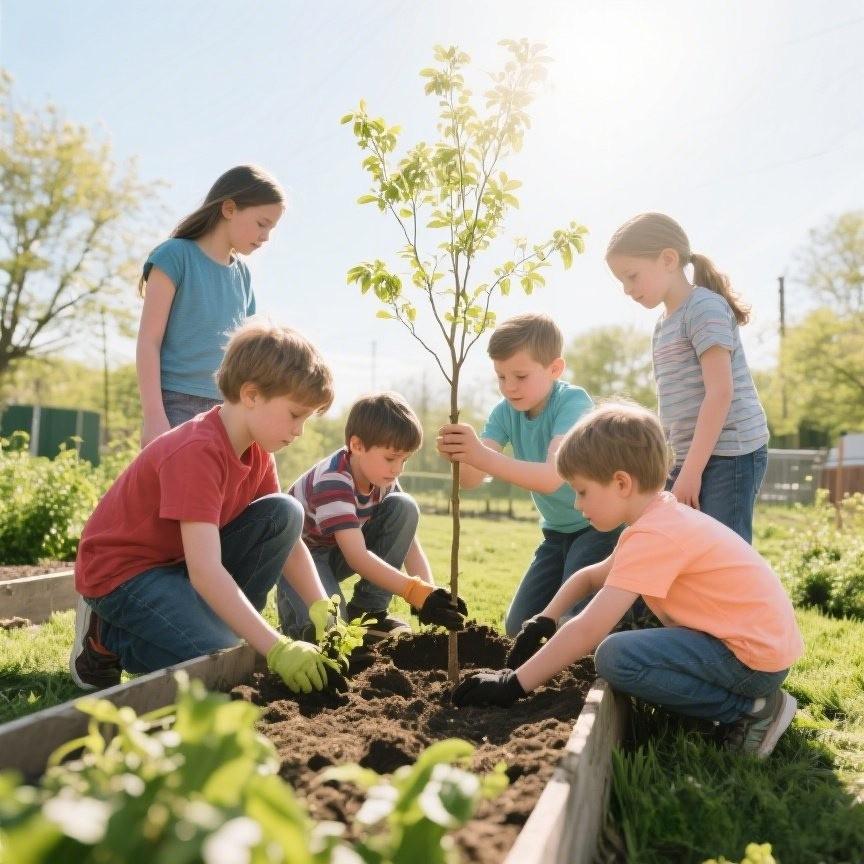
5. Digital Responsibility and Safety
Digital life is no longer optional—homework platforms, group chats, and educational games all converge on screens. Teaching responsibility here means two things: safeguarding personal data and curating healthy usage habits. Introduce the “grandma rule”: if you wouldn’t show a photo or message to Grandma, rethink posting it online. Children as young as eight can grasp why personal addresses, school names, or real-time location tags remain private.
Equally vital is time management. Create a family media plan that allocates screen minutes like an allowance: to be budgeted wisely and sometimes saved for special occasions. Encourage critical thinking by dissecting ads together or fact-checking viral claims, reinforcing that not everything online is equally trustworthy. By middle school, children who practice digital discernment are measurably less vulnerable to cyberbullying and misinformation traps.

Conclusion
Responsibility, taken piece by piece, transforms from a parental checklist into a child’s personal roadmap for navigating life. Mastery of self-care plants seeds of autonomy; respect waters social harmony; household contributions cultivate teamwork; environmental stewardship safeguards tomorrow; and digital responsibility future-proofs their virtual footprints. None of these emerge overnight, nor do they flourish in isolation. They blossom through daily practice, loving guidance, and the steady belief that children rise to expectations set with kindness and clarity. When caregivers model, reinforce, and celebrate these five pillars, they don’t just raise well-behaved kids—they nurture capable, compassionate citizens ready to shoulder their corner of the world.

